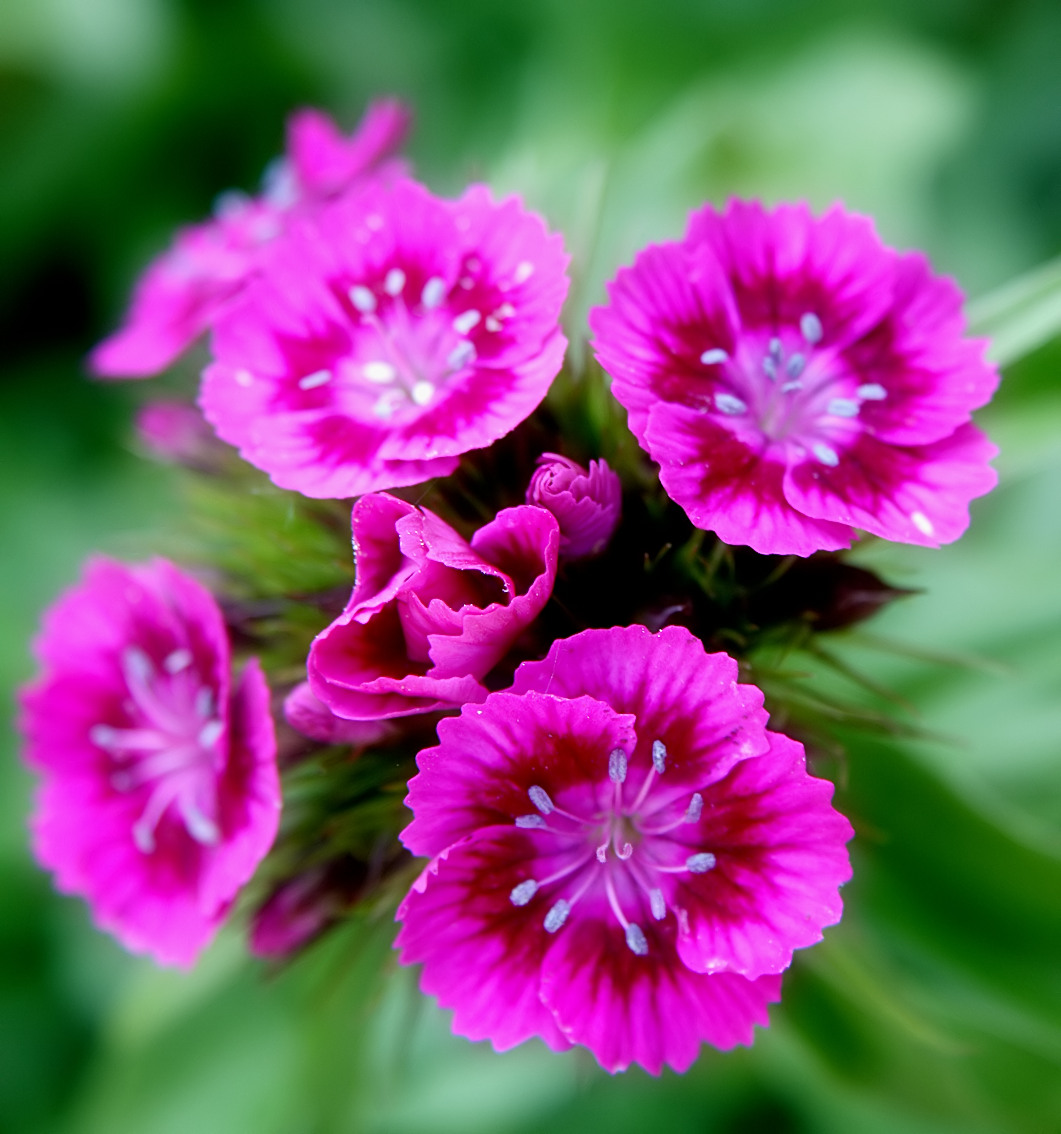Sweet William, carnations and pinks belong to the genus Dianthus, and its of varieties is as long as its history. The Ancient Greeks called the carnation the Divine flower- the Elizabethans of Britain grew a wide variety of fancy gillyflowers (pinks) in today’s garden you will find Dianthus varieties in the rockery, and in beds, borders and window boxes- at the florist you will see the showy blooms of perpetual carnations. Dianthus leaves are generally grass-like and often grey-or blue-tinged. Nearly all varieties have a liking for lime but it is not really essential. VARIETIES: Three species of Dianthus are commonly grown as annuals or biennials D. barbatus is the familiar sweet William which bears densely-eyed varieties. Sweet William is usually grown as a biennial but annual types are available. D. chinensis is the lndian or Annual pink -1 ½ in .fragrant flowers in many brilliant colours and combinations; look for ‘Baby Doll’ (mixed), ‘Snowflake’ (white), ‘Queen of Hearts’ (red) and the new bushy ‘Telstar’ (mixed) D. caryophyllus hybrids are the Annual carnations –the double flowers are about 2 in .across and these plants make excellent bedding annuals except in the far north. Reliable strains are ‘Chabaud’, ‘Knight’ and ‘Raoul Martin’. SLTE & SOLL: Any well-drained garden soil which is not acid do- choose a sunny spot. PLANT DETALLS: Height 1-2ft (sweet William),6in -1 ½ ft (lndian pink) 1 ½ ft (Annual carnation). Spacing 9 in (sweet William) ,6 in .(Indian pink0,1ft (Annual carnation).flowering period July (sweet William), July –October (Indian pink and Annual carnation).

